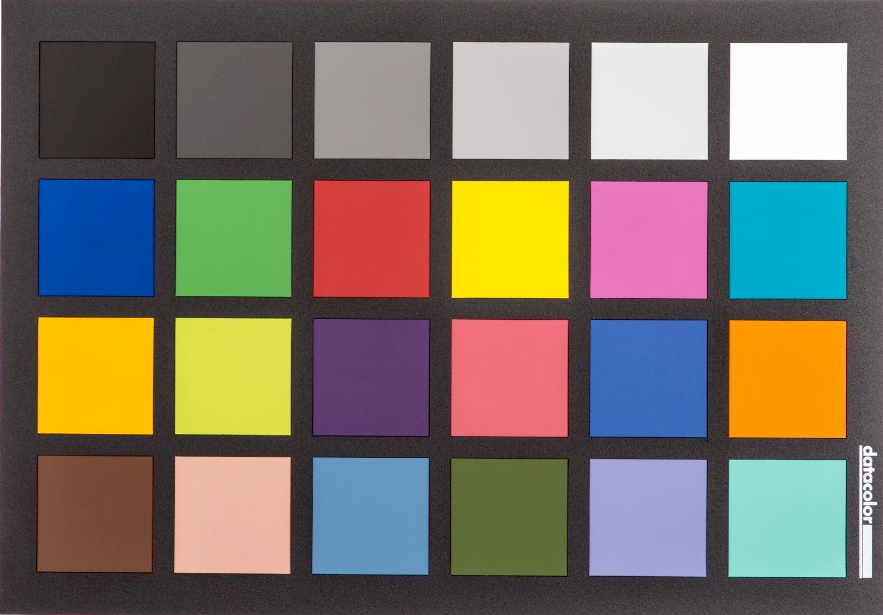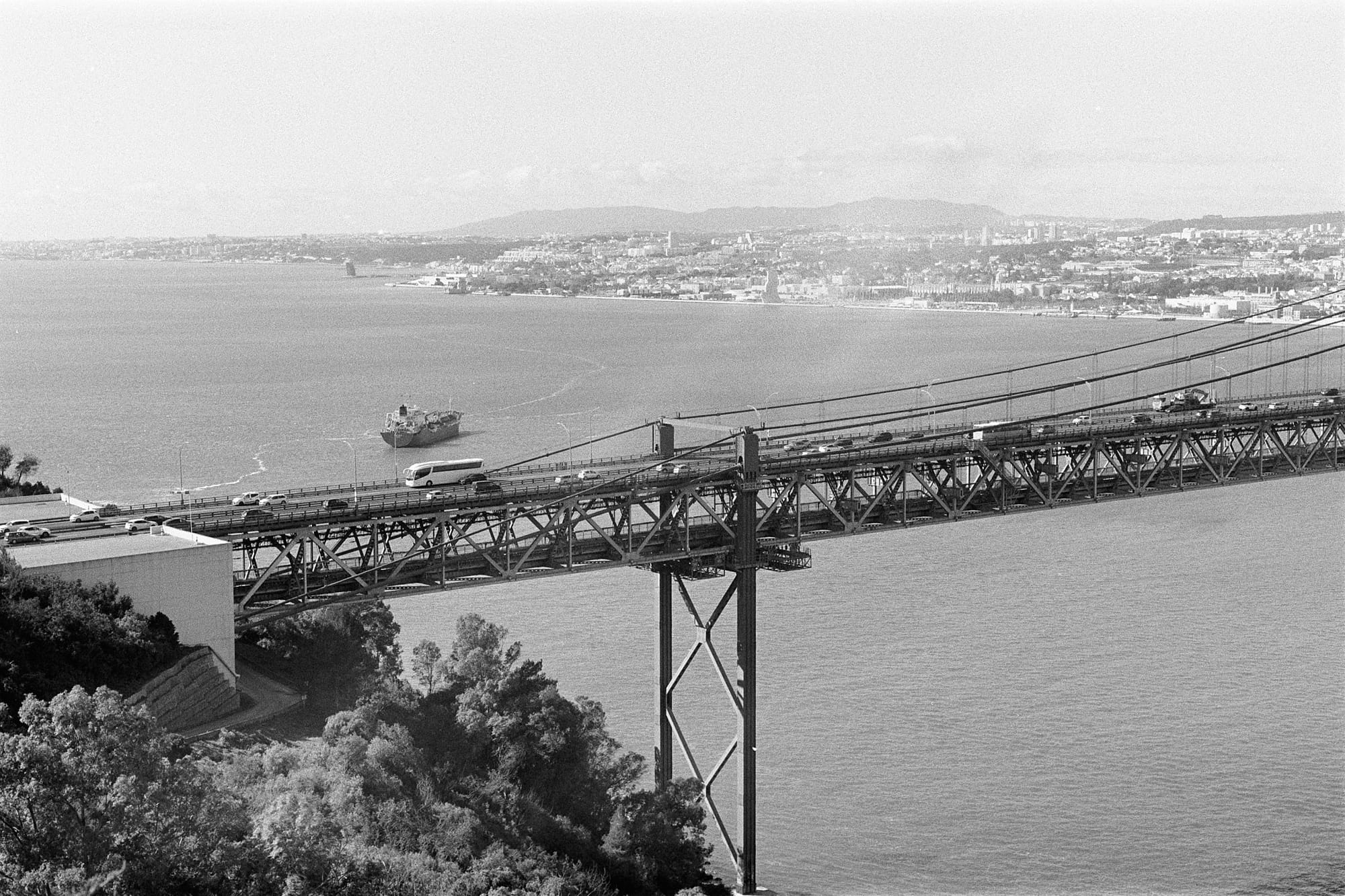First Impressions: AgfaPhoto APX400
What if there was a film whose true speed was actually _faster_ than what’s printed on the box? Do miracles like that even happen? Maybe so…

Most of my photographic career I’ve shot slower speed films, especially Ilford FP4 plus. Lately, I have begun to understand the appeal of faster films, and in particular the appeal of Ilford HP5 plus. I really get why HP5 is the favorite film for so many. But while HP5 is not exactly expensive (as far as films go), there are certainly less expensive options on the market.
I had heard good things about AgfaPhoto APX400—The Naked Photographer’s review in particular was what convinced me to give this film a try. I picked up a few rolls, and I began by shooting one at box speed, ISO 400, just to see what it turned up. If the results are solid, then the plan was to try pushing the film and see if we can get good results at 3200 or even 6400.
But the best laid plans, &c., &c. This film has thrown me for a loop. Something curious has happened, and I’m not sure what.
Development
As with nearly every film I develop, I used Adox XT-3 at 1+1 dilution. Using the Massive Dev Chart, I developed for 12 minutes at 20º using my usual (perhaps somewhat violent) inversion schedule.
Test Shot
As I have been doing lately, I begin with a test shot of a Datacolor Spyder Checkr 24 calibration target to get a handle on this film’s true speed, contrast, and color rendering. (That said, I’m working on a better way of handling these test shots!).
If you aren’t familiar with this calibration target, it looks like this. The top row is grays, from black to white in roughly one-stop increments (although…this is not actually true, a point I’ll return to in a future post). The remaining rows are various colors, beginning with high saturation primaries, and then some colors you might encounter shooting outdoors, along with skin tones.

Here is the result on AgfaPhoto APX400. I’ve only inverted the levels, and adjusted the black point to match the film rebate—the darkest black achievable.

That’s…unexpected. What we should see is the first square is very dark, and there is a clear progression getting brighter and brighter as we move towards the right, with the rightmost square being very close to white.
But, in fact, the top-left square is dark, very dark compared to everything else, but…it’s nowhere close to black. It’s hovering around 25% gray. And the contrast across the next five shades of gray is flat, flat, flat. The whole thing is over-exposed.
So, I looked at the rest of the roll. What struck me as curious is that, with a simple visual inspection of the film, the density overall seems OK, it’s not overly dense…but on scanning, I can see that nearly every frame is over-exposed by about one stop.
My initial reaction is that this film’s true speed is…closer to ISO 640 or even 800 with my metering and development methods. But, surely, this cannot be right. Right?
The only other possibility is that every frame was over-exposed by one stop. But I metered every scene with Crown + Flint, and shot the roll on my Pentax ME Super which so far hasn’t given me any reason to think it’s shutter speeds are off (and later rolls of film shot with this combo on HP5 turned out just fine). So I don’t think this is an issue with under-exposure.
The only real test is to shoot a roll at ISO 800 and see how it turns out.
Update Just for fun, I ran the image above through FilmLab, and I must say, I am extremely impressed by the app’s ability to handle the low contrast and over-exposure to produce an image with a tonal range that feels right.

Of course, this doesn’t change anything about the film, but it does speak well of FilmLab!
Real World Results
The remainder of the roll needed some heavy editing—dropping the exposure by a half-stop and adding some contrast. These edits have enhanced the grain structure in the film—I think when properly exposed the grain will be less apparent. But it’s not bad, honestly.











Conclusions
I have more testing to do. I need to try shooting this film at 800, and developing normally (that is, deliberately under-exposing it), and see what the results look like. Once I get a handle on what the true speed of this film is (given my metering and development process), then I can start pushing it.
Next Film?
I’m searching for my new favorite film, and Ilford HP5 plus is the reigning champion. AgfaPhoto APX400 could dethrone it, but more testing is needed. What other films should I try out? Make your suggestion in the comments!
Support this blog
If you enjoy reading this blog, I encourage you to consider purchasing a book or print to show your support. And if you're into analog photography, check out my new mobile app Crown + Flint.

